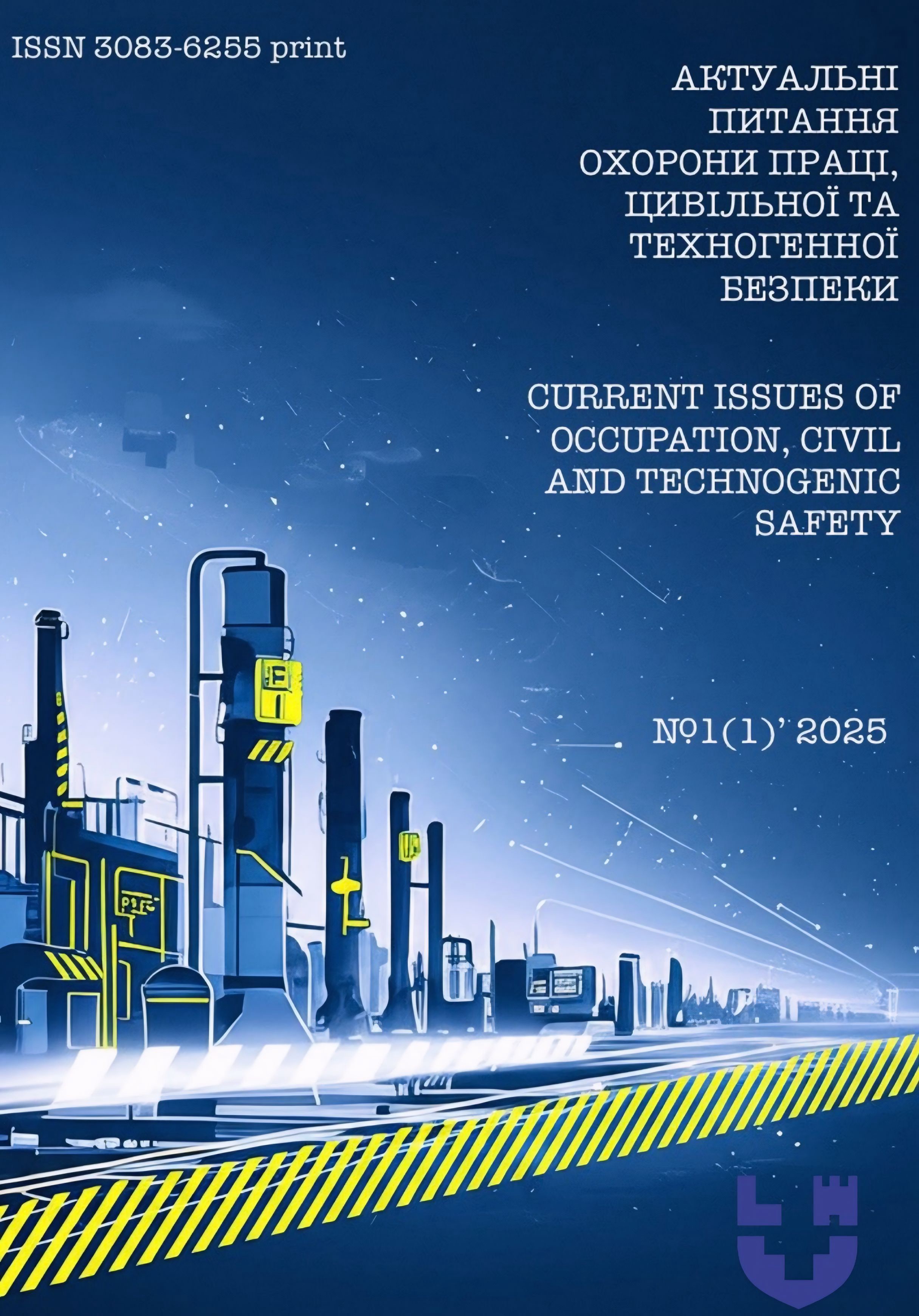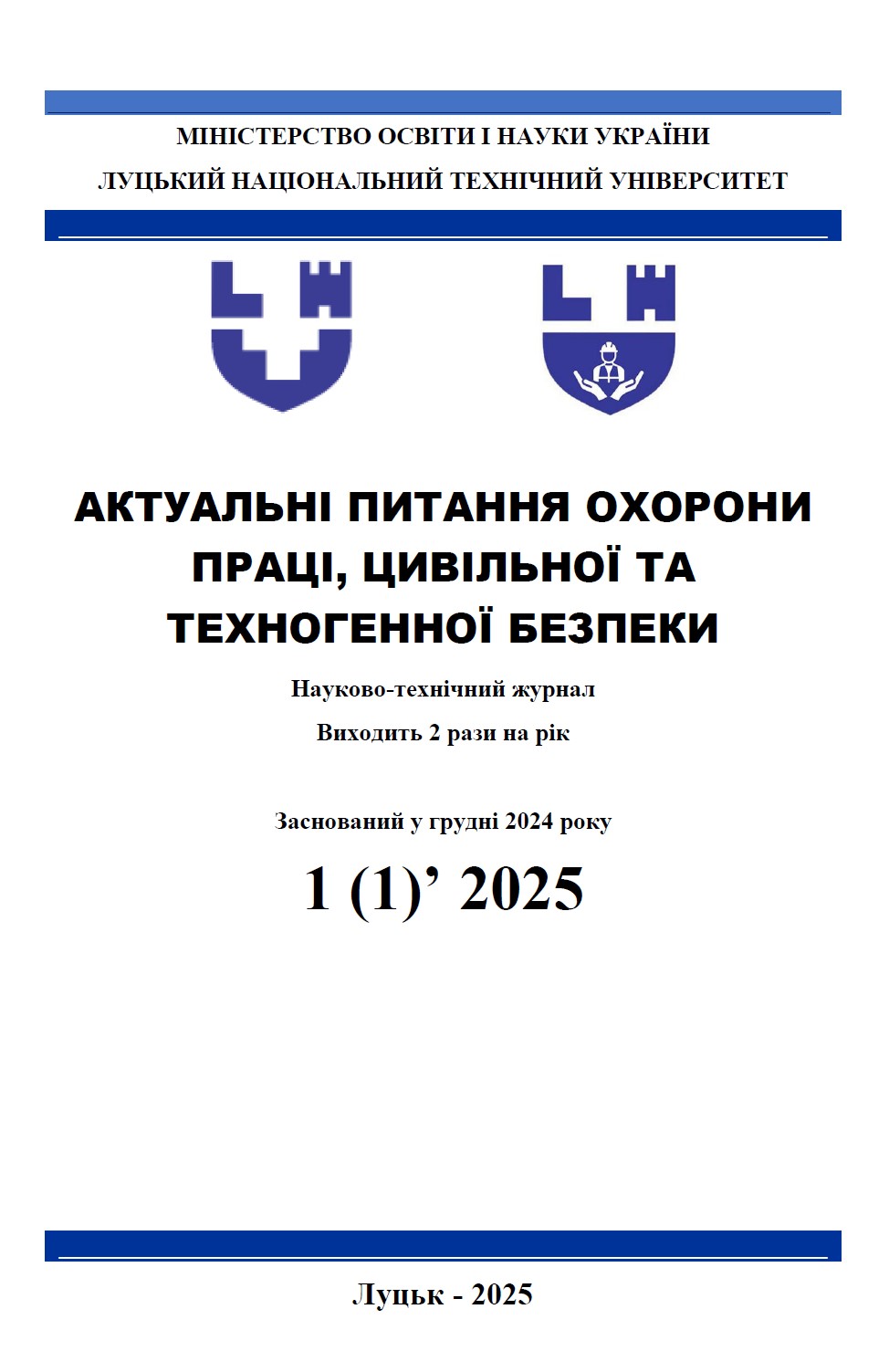RESEARCH ON THE EFFECTIVENESS OF TRAINING THE CIVILIAN POPULATION IN FIRST AID SKILLS
Abstract
The purpose of the work is to assess the knowledge and skills of providing first aid to individuals without medical education, to determine the level of readiness to provide assistance based on the results of the training.
Methodology. In order to assess the effectiveness of the training, 81 training sessions on the basics of first aid were conducted using computerized mannequins, simulators and training equipment. The effectiveness of training in the basics of first aid was determined using a modified checklist from the AHA recommendations and from the ERC recommendations, which includes the following parameters: safety check, shoulder movements, call for help, head turn, airway control, breathing control. The quality of the acquired knowledge and the effectiveness of practical skills were measured using open-ended and multiple-choice questions regarding clinical scenarios. Readiness, self-confidence and changes in self-efficacy were measured using a five-point Likert scale. The main psychological factors that form the indecision and reluctance of civilians to provide first aid to the victim were systematized.
Results. The study showed that training in the basics of first aid significantly increased the level of knowledge of non-medical personnel immediately after training and showed interest in improving the acquired skills. The main problems in conducting theoretical and practical training, selecting forms and methods for the purpose of effective training in first aid skills were identified: the use of role-playing games, situational tasks, video fragments with error detection. Analysis of the most common errors will allow to increase the effectiveness of first aid and the quality of training in this area.
Scientific novelty. The conducted training in the basics of first aid and the assessment of its effectiveness allows to form a training program for training in the basics of first aid, taking into account the needs of the age categories of the civilian population.
Practical significance. The results obtained can be used by teachers and trainers of first aid in order to reduce the number of errors made during practical exercises, improve the quality and efficiency of training of the civilian population and increase the level of readiness to save the victim.


